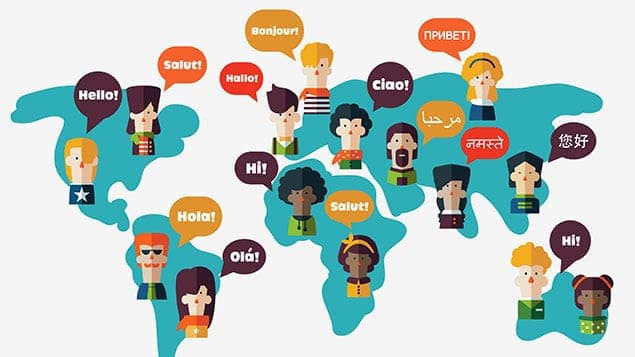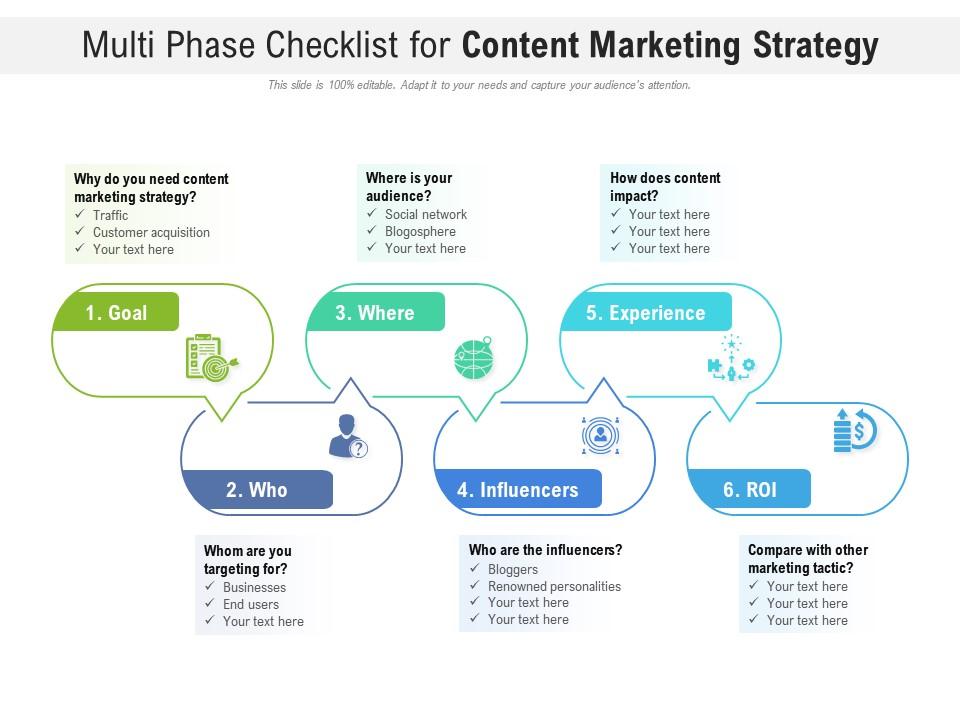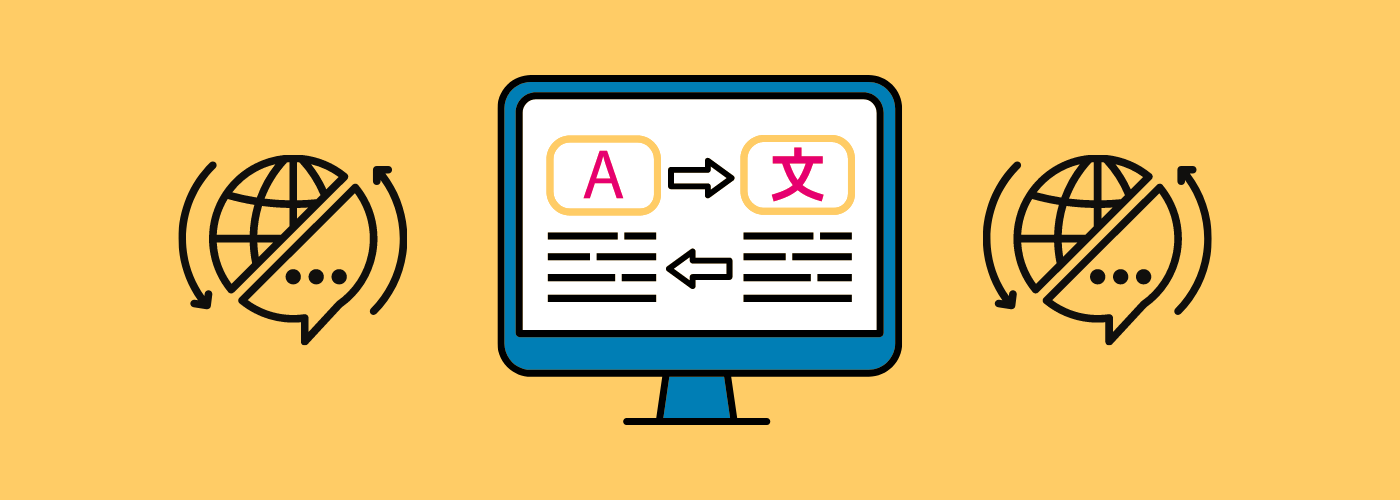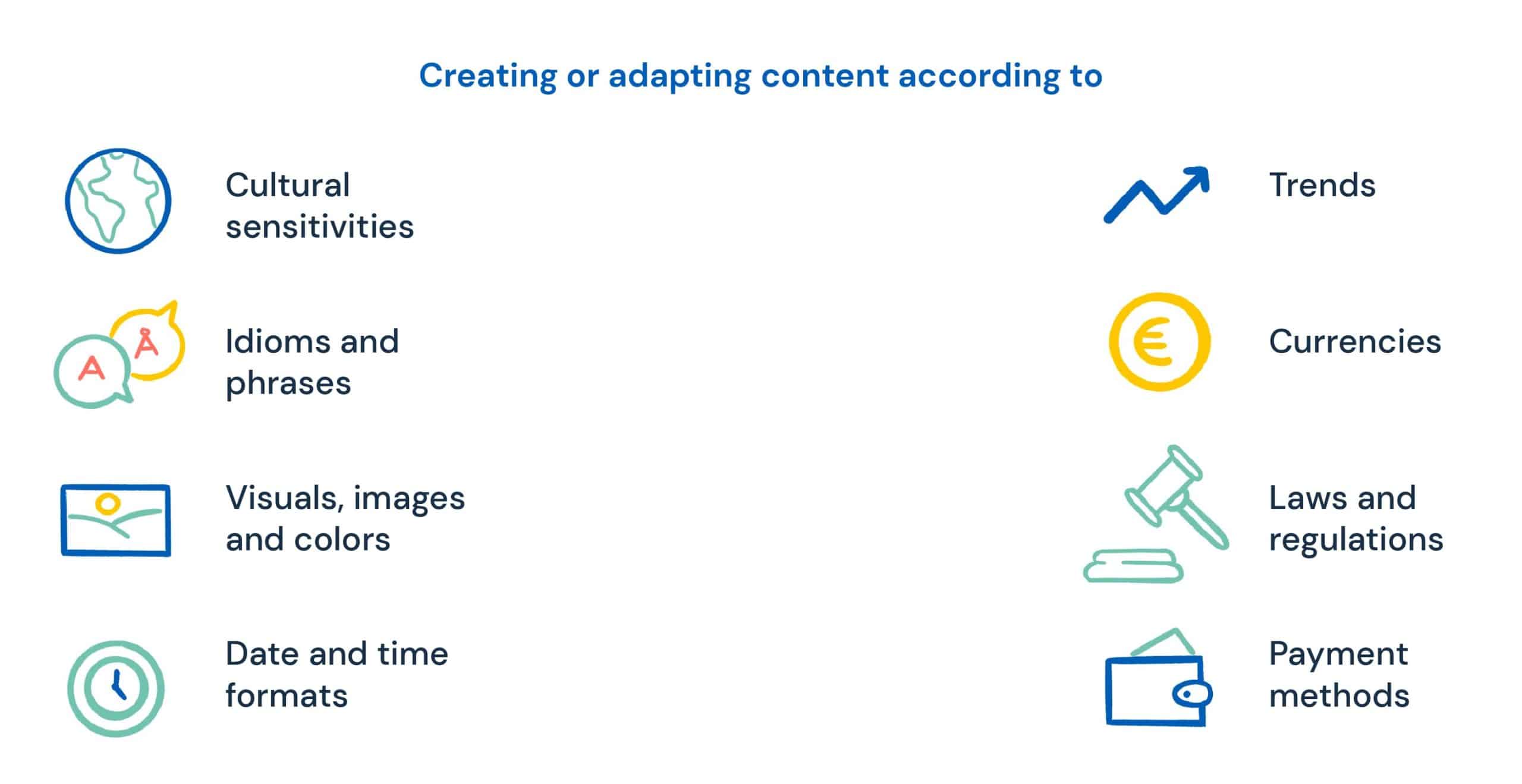
7 Steps To Globalizing Your Content Marketing Program
For some brands, creating a content marketing program from the ground up is just one piece of the puzzle.
Many international organizations must tackle an entirely different beast of localizing their content marketing programs for their global audiences.
Reaching these audiences in a locally relevant way is critical for their businesses… keep reading to discover some of the most crucial steps to globalizing your content.
Quick Takeaways
- Localization is not an extra step but a parallel program
- Assess localization efforts, identify target markets, and align goals with business objectives
- Choose the right approach for housing localized content
- Adapt branding and imagery to resonate with local audiences while being mindful of regulatory restrictions and cultural differences
Some consider localization as an extra step to the content marketing process. However, that is a wild underestimation of the complexity and importance of the step.
Globalizing a content marketing program should not even be considered a “step” in the process, but rather a separate program that runs in parallel from start to finish.
Thankfully, the process of creating a content marketing program and the process of globalizing that program follow similar steps. Here, we’ll layout a seven-step process
1. Assessing Your Global Audience
Just like creating any program, forming a globalization plan starts with discovery. The first step in this stage is to look at your current state.
Is any localization currently being done? If so, by whom and how effective is it? Is it well received by your audience? How is its success being measured?
The second step is to understand who your audience is and where they live. Less than 20% of all Internet users are native-English speakers. So how do you prioritize?
The best place to start is to look at your competitors and sales markets. Where is there the most growth opportunity for your brand?
Third, what are your goals and what business case are you trying to solve? Are you trying to reach and engage a new market of prospects? Are you looking to provide better information to existing clients in local markets?
Answering these questions will inform decisions you make later in the process.

2. Determining the Localized Destination Experience
The next thing to consider is where your localized content will live.
Do you want to have a separate site and URL for each market or do you want to have a global gateway on your site? How will users navigate to a separate environment? Will it have a similar look and feel?
Hyatt.com is a great example of a brand that has chosen a global gateway approach and has executed it well. At the top of their site, a globe icon prompts the user to select their language.
Once a user selects their language, they are brought to a site that has similar branding but tailored imagery. This was likely due to findings the brand found through cultural relevance studies and A/B testing.
Another option is to have an entirely separate URL and experience for each market. P&G is an example of a brand who chose this approach for its multi-market content play, Golden Households.
For this strategy, the brand chose three different URLs and branding approaches for its Mexico, United States and United Kingdom markets.
Determine which option fits your business or brand best to maximize international customer experience.

3. Putting Your Team Together
The next step is to decide who will execute this program for you. When considering this, you’ll find it helpful to keep these best practices in mind.
First, it is highly recommended to use an outside vendor, such as Pangea, for the actual localization of content. Leveraging their expertise is critical in ensuring your content is localized and translated properly.
They will be able to flag issues or bring up considerations you may not have thought of otherwise. Even if you have a complicated product, your localization vendor will be able to learn your terminology and streamline the process quickly and effectively.
When considering a vendor, there are a few different approaches you can take. Some brands may prefer to have all localization for all markets done by the same vendor, while others may use a different vendor for different markets.
Every brand and market will find a situation that works best for them.
Another good practice is to have an internal project manager in charge of these processes. Depending on the volume of content needing to be localized, you may also want dedicated project managers for each global market.
4. Translating Content
Perhaps the biggest question mark in the localization process is how to choose what to translate and what not to translate.
Translating content is expensive, so you want to ensure every piece of content you choose for the process will provide the optimal return on your investment. That said, not every piece of content should be treated with the same localization approach.
High impact content is expensive to create, so you want to make sure you get the highest return on your investment. Although, putting this type of content through a standard localization and translation process, may not be enough to get the results you need.
For this type of content, a transcreation process should be used. This requires a team consisting of creative and localization experts that revisit the drawing board and recreate the content for the specific target market.
Low impact content, like a social media post, is considered short piece of content that gets published frequently. When considering translating this content, it may be appropriate to rely on an automated or technical approach.

When preparing your content for localization, here are a few things to consider.
- Keep text to minimum. Because translation costs are based on the number of words, keeping it short and concise will keep you within budget.
- Keep text clear. If a native speaker has trouble understanding the source content, or could possibly interpret the text in more than one way, the translator and subsequent target audience will have a difficult time understanding.
- Allow room for text expansion. Most languages are longer than English by 15%. Russian, for example, can be 40% longer.
- Use consistent terminology. Using consistent phrases and regular brand vocabulary will help the source and localized versions to be more effective. This will also benefit your translators and speed up their process.
- Remember SEO and keywords. Don’t forget to integrate SEO translation into your content! Ranking for SEO is important in every market.
5. Balancing Branding with Cultural Relevancy
Retaining/maintaining the branding of content across global markets is a step that should go hand-in-hand with the creation and translation process. Unfortunately, there isn’t a one size fits all approach for this globally since every country is different.
For example, some US brands retain much of its original branding and imagery as possible in Asian markets with the intent of conveying a “foreign-ness.”
On the other hand, a US brand marketing to a Brazilian market will essentially take the opposite approach and want to be as locally relevant as possible. This relevance comes down to details such as only using people in imagery who look Brazilian versus American.
Ultimately the key is to know your audience and understand which approach to take in which markets.
In addition to maintaining/minimizing branding based on cultural differences, brands should also be aware and cautious of local market regulatory restrictions.
For example, Australian markets cannot use the same drinks images the US markets because of labeling restrictions and governance around artificial flavor marketing.
It is of the utmost importance to ensure you are educated and informed on customs, culture, and laws in any international sphere you plan on entering.

6. Distributing Where Each Audience Lives
With putting so much effort into localizing your content, a big miss would be to ignore engaging your global audiences where they want to consume it. In other words, consider all content mediums and figure out where your audience wants to consume your content.
For example, when considering social platforms, don’t limit your program to just Facebook and Instagram. Closely study the networks your audience uses within each country.
This is particularly important for brands that want to participate in Chinese or Russian markets. Going through their social channels is really the ONLY way to play, since those audiences don’t engage in Western social channels at all.
For example, Sina Weibo is popular in China, whereas Hyves is popular in the Netherlands.
At the same time, while it is important to support local-language social platforms, you still want to keep realistic expectations. For example, Starbucks’ global page has roughly 36M likes while its German page has about 600K likes.
Just because the two pages vary drastically in likes, the German audience still feels supported and is having conversations in their local language about the Starbucks product and service.
7. Measuring Success
Finally, it is difficult to justify the business value of your content globalization program without measuring its success.
Key performance indicators and benchmarks for success should be identified in step one, but you need to commit to reporting those results and optimizing your program accordingly.
Maybe a certain category of content resonates with a certain audience more than others. Take a good look at what’s working where and what isn’t and think critically about why that could be.
Are you seeing growth in page views from a certain country? Are you seeing an increase in sales in a certain market?
Understanding and monitoring how these audiences are engaging with your localized content is the only way to improve your program and achieve a successful globalized content marketing program.






